Variegated Dappled Willow Tree – Salix Integra ‘Hakuro Nishiki’ – 3 Gallon Pot – Tree Form
$169.97 Original price was: $169.97.$96.99Current price is: $96.99.
SKU: D2LSC 4734168694 Category: TOPIARY PLANTS
- Experience the difference quality makes.
- Buy with Peace of Mind
- Free Shipping, No Compromise on Quality
- High quality products, hassle-free returns.

Note: If you are looking for the Bush-form Variegated Dappled Willow click here.
Variegated Dappled Willow Tree
Salix integra ‘Hakuro Nishiki’
Plant Details
USDA Plant Hardiness Zones: 5a-9 Find Your Zone
Plant Type: Deciduous Tree Form Shrub
Height at Maturity: 6-10′ depending on pruning
Width at Maturity: 5-7′ depending on pruning
Spacing: We recommend using as a specimen or small groups with plants spaced at least 6′
Flower Color: Yellow
Flower Size: 1″
Flowering Period: Early Spring
Flower Type: Catkins
Fragrant Flowers: No
Foliage Color: Pink, White and Green
Fragrant Foliage: No
Berries: No
Berry Color: NA
Sun Needs: Full Sun to Part Shade
Water Needs: Average,
Soil Type: Clay (amended), Loam, Sand (amended), Silt
Soil Moisture / Drainage: Well Drained Moist
Soil pH: 6.0 – 8.0 (Moderately Acid to Moderately Alkaline)
Maintenance / Care: Low to Average
Attracts: Visual Attention
Resistances: Deer, Erosion, Wet Soil, Black Walnut
Description
The Variegated Dappled Willow, commonly called Dappled Japanese Willow, Variegated Willow, or Tri-color Dappled Willow, is a more compact cultivar of Salix integra. This tree form specimen grows from 6 to 10 feet tall featuring very attractive variegated pink, white and green elongated leaves throughout the growing season. The cultivar name ‘Hakuro-nishiki’ refers to the blend of colors in the variegated leaves. In spring, the new foliage emerges pink then maturing to various shades of pink, white and green. But the show doesn’t stop with the colorful foliage. During winter, the bright red stems are very showy in the landscape.
Landscape & Garden Uses
While we offer this plant in shrub form, we also offer it in a single-trunk tree, which makes for an outstanding specimen in the landscape. That said, supply is limited. These trees are grafted to a compatible, strong and straight growing, upright willow trunk. Its smaller size makes it a perfect fit for smaller landscapes or garden spaces. The beautiful foliage is best set off against a dark background or around shrubs with dark foliage color. For a striking display, plant beside, in front of or behind deep purple foliage plants such as a dwarf Loropetalum. The tree form Dappled Willow is an excellent choice for a specimen plant in an open space or near a water feature. They will thrive in low areas that are generally more moist. It will also do well in a large container.
Growing Preferences
The Dappled Willow is easy to grow in wide range of soils. It prefers a consistently moist but well-drained soil of average fertility. That said, established plants will tolerate dry periods much better than other willow species. It will tolerate clay soil but we recommend amending with organic matter such as compost or a planting mix. It likes full to mostly sun in zones 5a-7a, but will appreciate some shade or filtered sun during the hottest afternoon hours in zones further south. No pruning is necessary however the plant responds well to light pruning and shearing during the active growing season, which stimulates more pink new growth. Cease pruning two months prior to the average first-frost date in your area. Heavy pruning to reduce the size of the canopy should be done while the plant is dormant, in either early winter or very early spring before catkins any new leaves appear.
Plant Long & Prosper!
Meet The Wilson Brothers & Staff
Questions? Contact Us
Our little tree came packaged so securely and safely. The tree came to us healthy and hydrated and was just fine hanging out in the garage for a day or two until we could plant it. So far it’s happy and growing in the sunny spot we picked. It’s just a beauty and we can hardly wait until next spring to see it really take off growing. Thank you so much Wilson Bros for a wonderful experience and a beautiful tree!——————————–Thanks for the photo. We are so glad you are pleased and we hope you enjoy your purchase for years to come! Thanks for the kind words and wonderful review! 🙂 Beth Steele | WBG
Be the first to review “Variegated Dappled Willow Tree – Salix Integra ‘Hakuro Nishiki’ – 3 Gallon Pot – Tree Form” Cancel reply
Related products
Sale!
TOPIARY PLANTS
Sale!
Sale!
Sale!
TOPIARY PLANTS
Sale!
TOPIARY PLANTS
Sale!
TOPIARY PLANTS
Sale!
Sale!
TOPIARY PLANTS




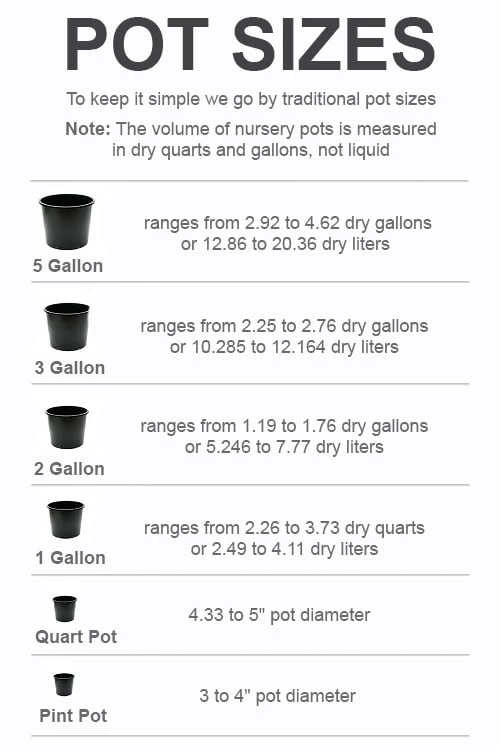




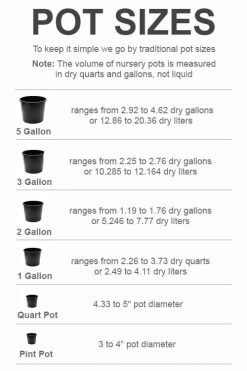



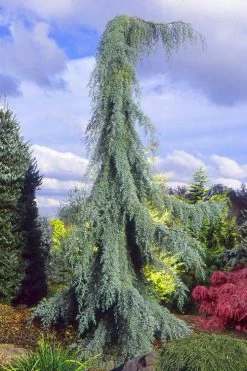
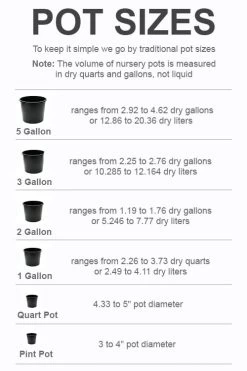

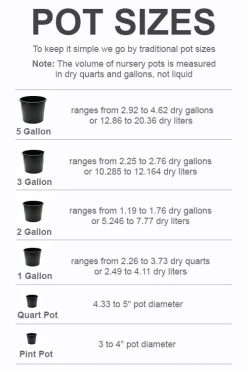


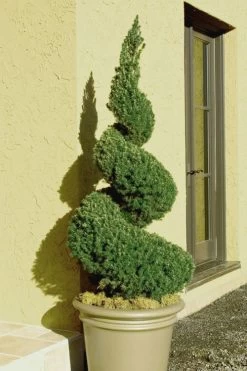

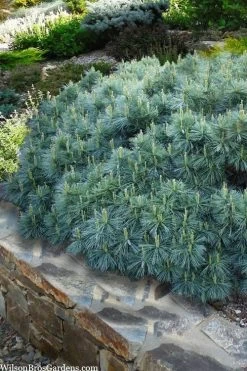

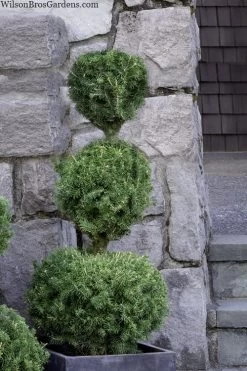

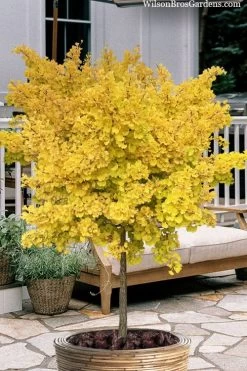
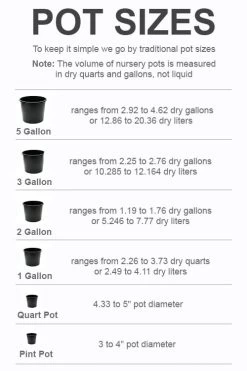
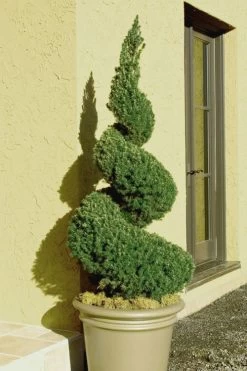
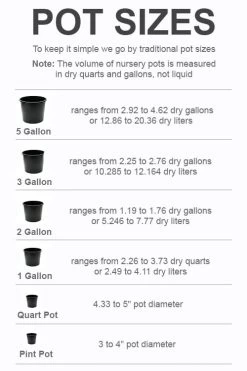
Reviews
There are no reviews yet.